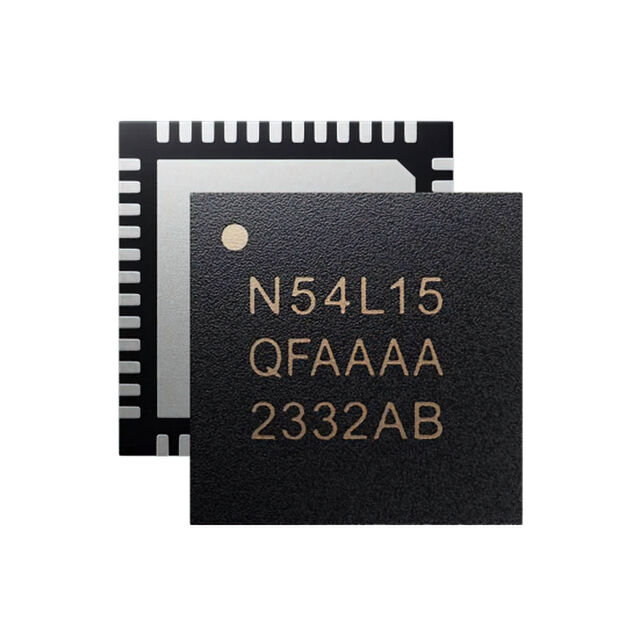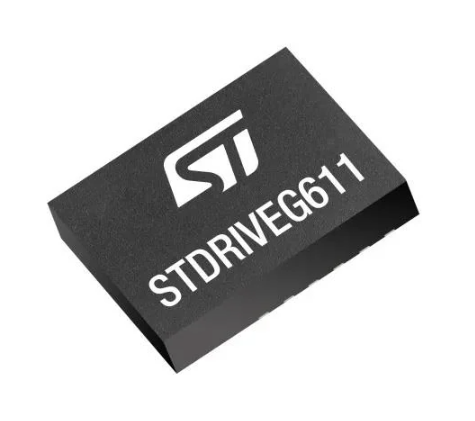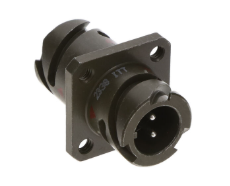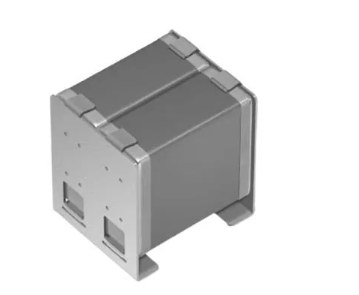The role of Edge computing in medical IoT devices
With rising costs and resource shortages, particularly in personnel, more healthcare services are turning to scalable and efficiency-enhancing technologies. This impetus has given rise to the Medical Internet of Things (MIoT or IoMT) – an ecosystem of interconnected devices that promise enhanced patient care, real-time diagnostics, and streamlined operations, within and beyond a clinical setting.
This article originally appeared in the March'25 magazine issue of Electronic Specifier Design – see ES's Magazine Archives for more featured publications.

By Mark Patrick, Director of Technical Content, EMEA, Mouser Electronics
Despite its relative immaturity, the MIoT market is projected to reach a revenue of $83.81 billion by 2024 and to grow at a compound annual growth rate (CAGR) of 9.91% from 2024 to 2029, leading to a market volume of $134.40 billion (Statista). The exceptional growth of MIoT in healthcare underscores its increasing importance, but the technology's success relies on its ability to meet several complex requirements.
In medical environments where accurate, efficient, and cost-effective solutions are critical, the importance of local and real-time data processing is evident. This is where Edge artificial intelligence (AI) plays a critical role in the success of both today’s and future MIoT devices, enabling faster decision-making, reducing latency, improving energy efficiency, and enhancing data security.
Understanding the healthcare challenges that need to be addressed
Rising populations and longer life expectancies, often combined with insufficient investment and the increasing costs associated with providing healthcare, means countless hospitals and clinical facilities across the world are operating at or beyond capacity.
The consequences of stretched healthcare institutes are significant, as they leave countries without the necessary surplus bandwidth to handle large-scale emergencies such as natural disasters or pandemics. Furthermore, this can needlessly raise mortality rates in cases where urgent treatment is crucial but has to be postponed due to a lack of resources.
There is an impetus for healthcare providers and governments to improve healthcare services, but this is hard to achieve. Increasing the size of the workforce is an obvious solution, but it poses a significant challenge due to the global shortage of healthcare professionals: The World Health Organization (WHO) predicts a glob al shortage of 10 million healthcare workers by 2030.
Many healthcare services are trying to figure out how to accomplish more with limited resources. Connected and intelligent MIoT devices can offer an efficient and technology-driven solution to this problem. They can allow for more automated monitoring and optimised resource allocation and can help to minimise human intervention in routine tasks, resulting in cost reduction and increased operational efficiency.
The role of Edge computing in MIoT devices
Currently, approximately 30% of the world’s data volume is generated by the healthcare sector (RBC). Data is an indispensable tool for advancing patient diagnostics, but it must be processed quickly and accurately for it to be useful.
With Edge computing, data processing is moved to the device itself. Unlike centralised Cloud computing, where data is sent to a remote data centre for analysis, Edge computing allows MIoT devices to process information locally, reducing latency, enhancing data security, and improving the real-time capabilities of medical devices.
In medical environments, it is also important to consider wireless local area network (WLAN) traffic. Most healthcare facilities already possess a multitude of Wi-Fi-enabled devices, potentially leading to congested networks. By employing AI algorithms and machine learning (ML) models at the Edge, MIoT devices can drive localised decision-making without relying on communication with centralised infrastructure. Furthermore, with Edge processing, communication can be selective and intelligent, transmitting critical information only when it is required, helping to reduce network traffic.
Applications and benefits of Edge computing in MIoT
While the potential for MIoT devices equipped with Edge AI and ML models is extensive, some key applications already show promising developments to help increase the effectiveness of healthcare institutions.
Remote patient monitoring
The number of remote patient-monitoring (RPM) solutions globally will increase from 75 million in 2023 to 115.5 million by 2027, equating to 1.4% of the total population, according to Juniper Research.
Edge-enabled RPM devices can continuously monitor vital signs like heart rate, oxygen saturation, or glucose levels while adding intelligent insight and providing real-time alerts if a patient’s condition deteriorates. This reduces the need for constant human oversight and improves patient outcomes through timely interventions.
Real-time diagnostics
Edge processing in MIoT can help drive real-time diagnostics by collecting comprehensive patient information and comparing it against pre-existing datasets. For example, a wearable or stationary MIoT device monitoring a patient’s electrocardiogram (ECG) can instantly identify arrhythmias without needing to send the data to a central server. This enables efficient diagnostics without the need for a healthcare professional and reduces delays, which is especially critical in time-sensitive emergencies.
Intelligent medical devices
Advanced Edge processing will also drive the concept of adding intelligence to existing medical equipment to extend its functionality. Devices such as smart insulin pumps (Figure 1) or automated defibrillators benefit from Edge computing by perceiving and, therefore, instantly responding to patient needs.
These devices can adapt their functionality by adjusting dosages or shock timings based on real-time data analysis, enhancing patient care and safety.
Adding intelligence to a device can also enhance preventative maintenance, as Edge intelligence enables MIoT devices to predict service needs and prevent costly downtime. Through continuous monitoring, Edge ML models can spot changes in medical equipment that might indicate the need for maintenance, This, in turn, helps to
reduce unexpected equipment downtime, maintenance costs, and healthcare risks.
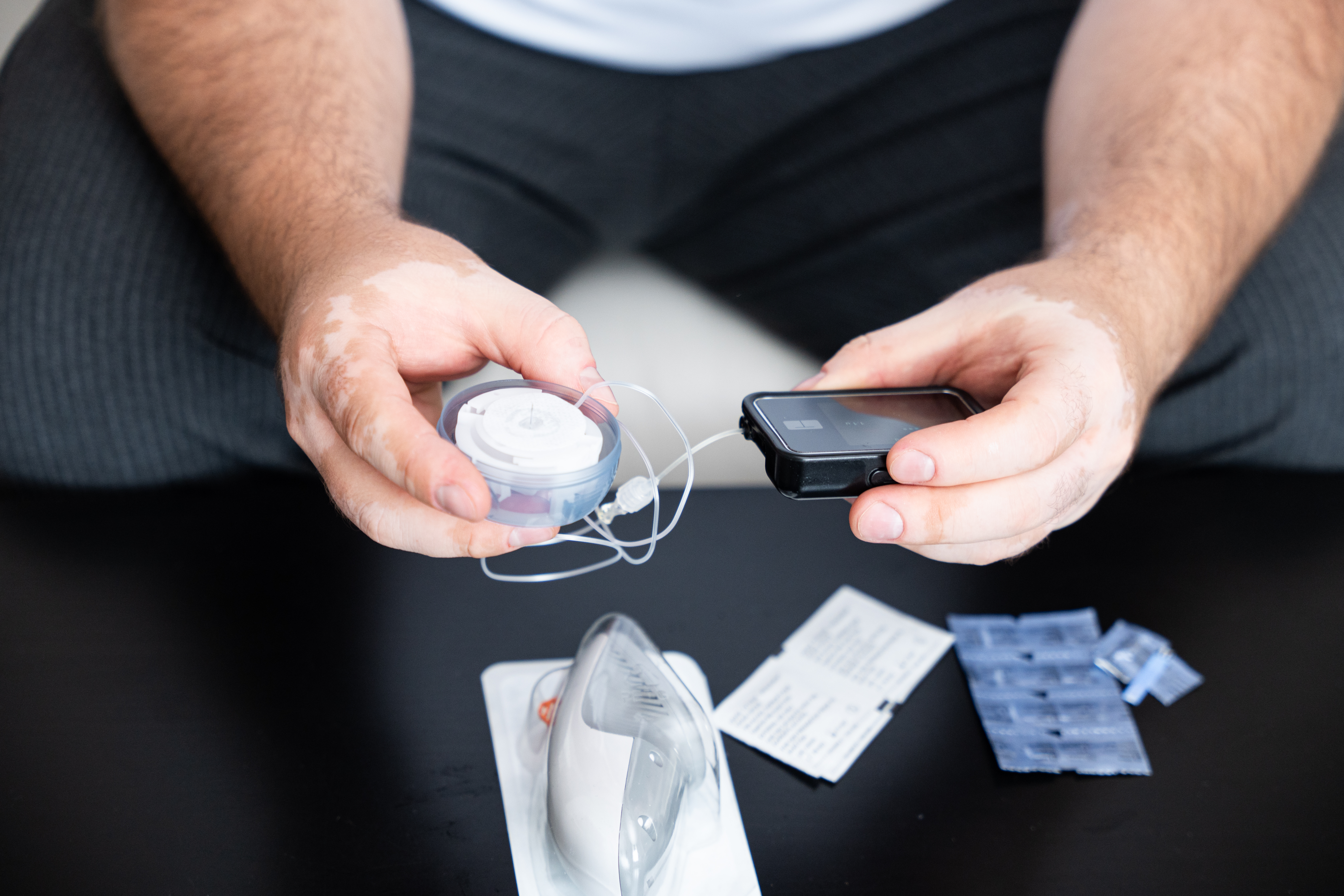
Figure 1. Smart insulin pumps are already on the market and have a significant impact on patients with diabetes
Large language models
At present, deploying full Generative AI models based on large language models (LLMs) to low-powered hardware is not feasible due to the significant computational resources they require. However, ongoing research in model compression and optimisation techniques may enable smaller, task-specific models to be deployed on such devices in the future. These advancements could lead to the development of smarter medical assistant solutions. For example, MIoT-enabled devices at a patient's bedside could use AI models to process spoken requests without a Cloud connection, before relaying them to healthcare teams. This would streamline response times by providing healthcare personnel with critical patient information before attending to them, enhancing efficiency and patient care.
Essential electronic components for MIoT devices
Selecting the right components is essential to realising the full potential of Edge computing in MIoT devices. While performance is key, so is security. Healthcare data is extremely sensitive and is frequently subjected to malicious targeting. One study from Medigate and CrowdStrike revealed that 82% of healthcare organisations using IoT devices had been targeted by some form of cyberattack in 2020.
As the number of MIoT devices increases, so does the potential attack surface for cybercriminals. Increased security measures to prevent unauthorised access, such as hardware encryption, secure boot processes, and tamper-resistant design, are essential. Mouser Electronics stocks a wide range of microcontroller units (MCUs), sensors, and hardware security modules to enable engineers to design smart and secure MIoT solutions.
Analog Devices MAX78002 artificial intelligence microcontrollers (Figure 2) are designed to enable complex but localised AI neural networks. The MAX78002 can execute smart AI algorithms at ultra-low power, helping to elevate smart MIoT devices on the Edge. In applications like portable medical diagnostics equipment, the dedicated convolutional neural network (CNN) accelerator can allow for complex analysis and processing of locally captured data.
With the hardware-based CNN accelerator, AI inferences can be executed in battery-powered medical applications using only millijoules of energy. The types of data analysed can vary depending on the type of medical equipment, but the MAX78002 is designed to be versatile and allows for a wide range of sensors to be connected to the 60 general-purpose I/O (GPIO) pins. It can also process visual information from the integrated 12-bit parallel and MIPI CSI-2 camera interfaces, with the CNNs capable of processing VGA images at 30fps. An additional I²S controller for digital audio also opens up the potential for intelligent sound-based medical diagnostics.
The MAX78002 addresses healthcare security head-on by incorporating a secure boot process, an AES 128/192/256 hardware acceleration engine, and a true random number generator (TRNG). When correctly implemented these measures can help better secure MIoT devices by reducing potential vulnerabilities.
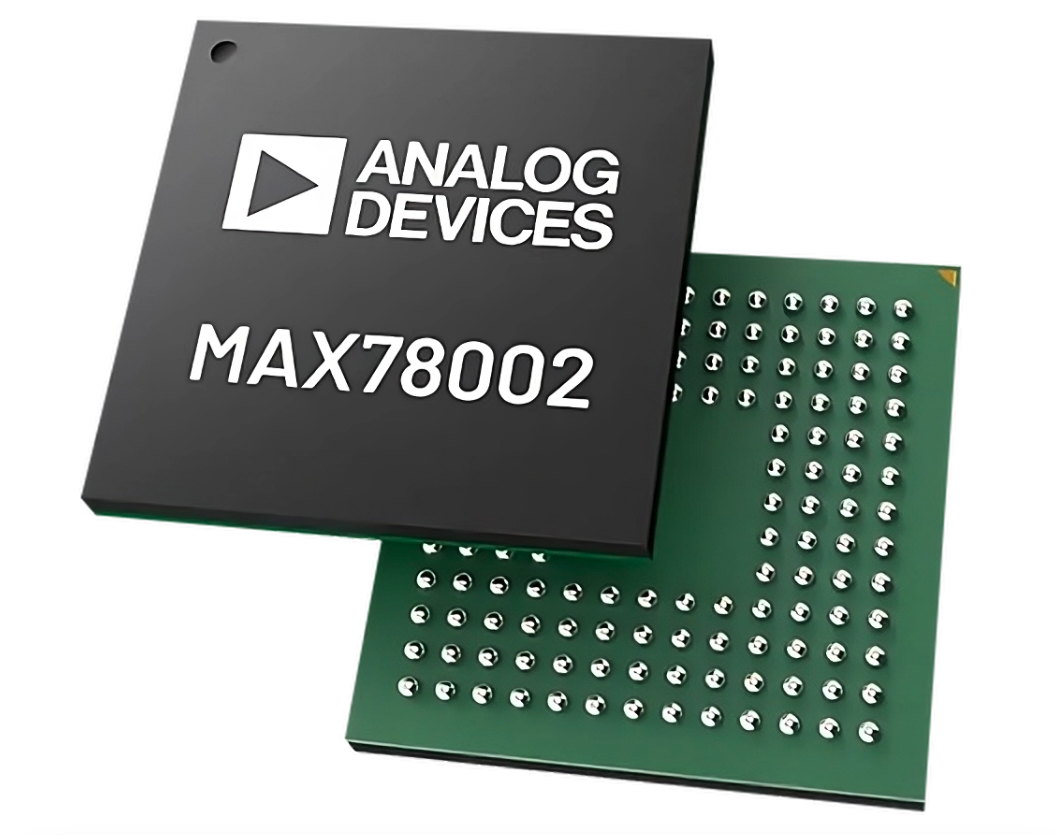
Figure 2. Analog Devices MAX78002 microcontroller. (Source: Mouser Electronics)
Edge Impulse
To help streamline Edge development, Mouser has also established a strategic partnership with Edge Impulse, a specialist in embedded ML. The Edge Impulse platform empowers developers to quickly build, train, and deploy ML models directly to Edge devices, optimising performance and reducing the time needed to bring intelligent healthcare solutions to market. This solution supports the advancement of smart and low-powered healthcare solutions, like intelligent glucose pumps, which enhance insight, enable localised decision-making, and improve patient welfare.
Conclusion
Intelligent MIoT devices can address several key technical and operational challenges for often strained healthcare facilities, ultimately benefiting patients and society. The integration of Edge AI and ML-backed devices can revolutionise these environments by reducing network congestion, enhancing decision-making, and, most importantly, providing critical real-time insights that improve patient outcomes.
As the adoption of MIoT devices grows the potential for smarter, more interconnected healthcare systems presents a clear solution to the challenges faced by healthcare institutions today.


